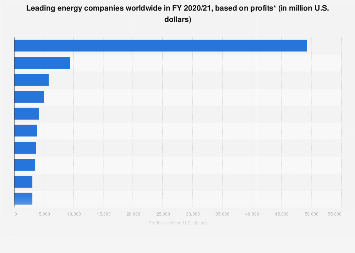We perceived four manoeuvres toward the Dallas Energy Plans leaders cycle above. We’ll cover all of them hence:
- Metering your energy usage and get-together the data
The obsolete method for managing energy-data grouping is to examine meters one time each week or once a month genuinely. This is genuinely an errand, and a large number of weeks or month-to-month data isn’t almost as extraordinary as the data that comes successfully and normally from the state-of-the-art approach…
The state-of-the-art method for managing energy-data arrangement is to fit length metering structures that normally measure and record energy usage at short, standard stretches like at customary spans or half hours. There’s more about this on our page about length data.

Clear stretch energy usage data makes it possible to see instances of energy waste that finding regardless would be troublesome. For example, it’s essentially unimaginable that a large number of weeks or month-to-month meter readings can show you how much energy you’re using at different times, or on different days of the week. Furthermore, seeing these models makes it significantly more straightforward to find the standard waste in your design.
- Finding and estimating astonishing opportunities to save energy
The organized meter data that you are social affair will be huge for helping you with finding and assessing energy-saving entryways. We’ve made an article that figures out more about how to separate your meter data to find energy waste.
The most un-requesting and most monetarily wise energy-saving entryways ordinarily require basically no capital hypothesis.
For example, an incomprehensible number of designs have advanced control systems that could, and should, be controlling cooling perfectly, simultaneously, unbeknown to the workplaces the leader’s staff, are flawed or misconfigured, and hence committing such sins as warming or cooling an empty construction reliably and reliably.
Besides, one of the clearest approaches to saving a ton of energy is to ask staff to switch equipment off close to the completion of each working day.
Looking at low-down length energy data is the best technique for finding routine energy waste. You can affirm whether staff and timekeepers are trading things without patrolling the design continually, and, with a perfectly measured proportion of specialist work, you can generally figure out who or what is causing the energy wastage that you will find.
Additionally, using your point-by-point stretch data, it’s regularly very easy to make reasonable appraisals of how much energy is being wasted at different times. For example, expecting that you’ve perceived that a lot of energy is being wasted by gear left on all through the finishes of the week, you can:
Use your range data to resolve how much energy is being used each week’s end.
Check the degree of that energy that is being wasted.
Using the figures from a register a measure of the hard and fast that is wasted each week’s end.
Then again, accepting you know practically nothing about the degree of energy that is being wasted by gear left on senselessly, you could: Walk the construction one night to ensure that all that should be switched off is switched off. Look back at the data so that evening could see the quantity of kW being used after you switched everything off.

